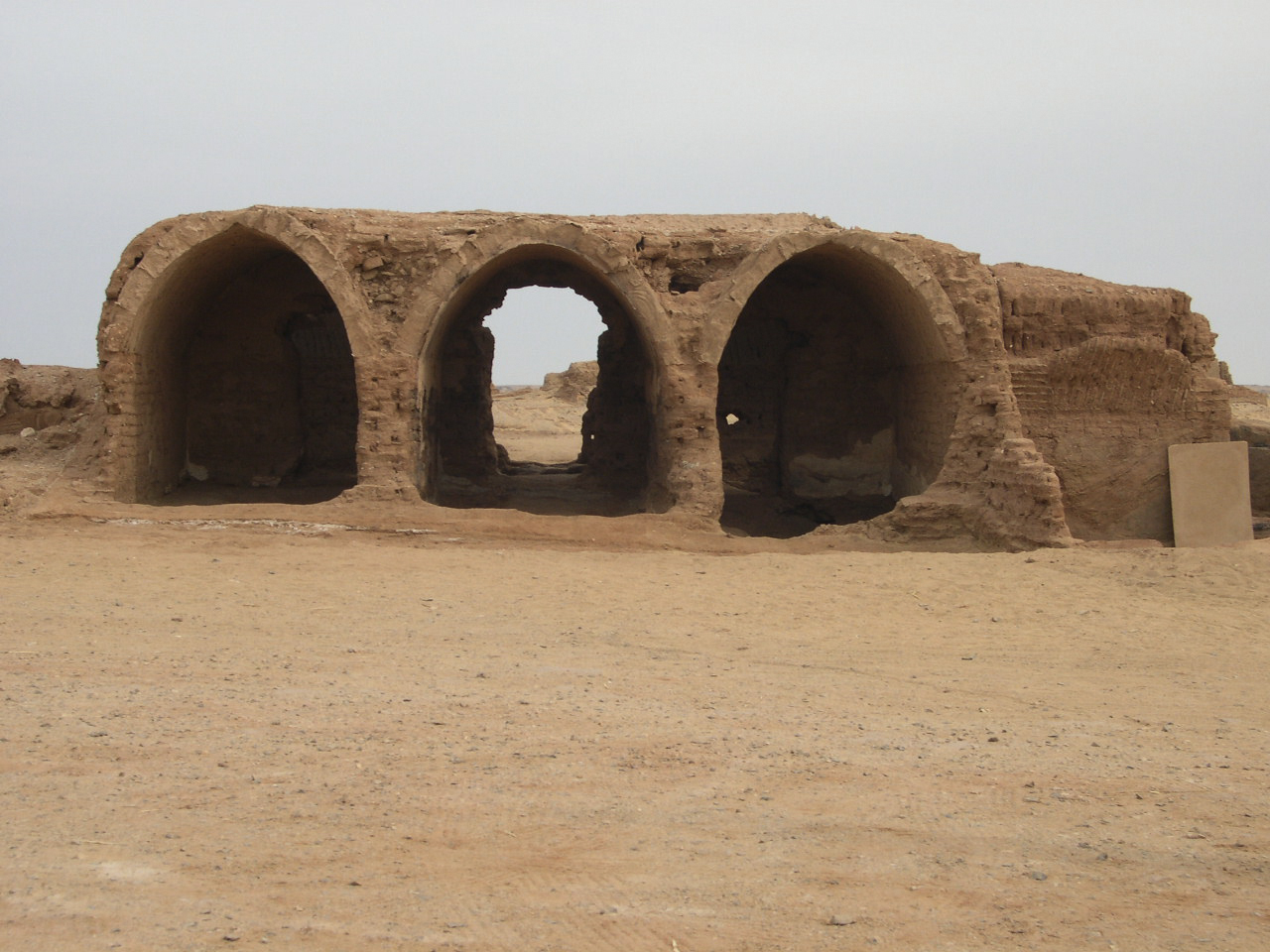Kellis on:
[Wikipedia]
[Google]
[Amazon]
 Ancient Kellis, now known as Ismant el-Kharab (Ismant the ruined), was a village in
Ancient Kellis, now known as Ismant el-Kharab (Ismant the ruined), was a village in
Photographs of Kellis
Flickr {{coord, 25, 30, 57, N, 29, 05, 44, E, display=title Former populated places in Egypt Archaeological sites in Egypt
 Ancient Kellis, now known as Ismant el-Kharab (Ismant the ruined), was a village in
Ancient Kellis, now known as Ismant el-Kharab (Ismant the ruined), was a village in Upper Egypt
Upper Egypt ( ar, صعيد مصر ', shortened to , , locally: ; ) is the southern portion of Egypt and is composed of the lands on both sides of the Nile that extend upriver from Lower Egypt in the north to Nubia in the south.
In ancient ...
during the Hellenistic Period, Roman Period
The Roman Empire ( la, Imperium Romanum ; grc-gre, Βασιλεία τῶν Ῥωμαίων, Basileía tôn Rhōmaíōn) was the post-Roman Republic, Republican period of ancient Rome. As a polity, it included large territorial holdings aro ...
, and Byzantine period. It was located about east-southeast of present-day Ismant in the Dakhleh Oasis
Dakhla Oasis (Egyptian Arabic: , , "''the inner oasis"''), is one of the seven oases of Egypt's Western Desert. Dakhla Oasis lies in the New Valley Governorate, 350 km (220 mi.) from the Nile and between the oases of Farafra and Khar ...
, and about northeast of Mut (more fully Mut el-Kharab), which is the capital of the oasis. In ancient times, Mut was called Mothis, and thus Kellis was in the Mothite nome.
Structures
The village was long and wide, built almost entirely ofmud brick
A mudbrick or mud-brick is an air-dried brick, made of a mixture of loam, mud, sand and water mixed with a binding material such as rice husks or straw. Mudbricks are known from 9000 BCE, though since 4000 BCE, bricks have also been fi ...
on a low terrace
Terrace may refer to:
Landforms and construction
* Fluvial terrace, a natural, flat surface that borders and lies above the floodplain of a stream or river
* Terrace, a street suffix
* Terrace, the portion of a lot between the public sidewalk a ...
with wadi
Wadi ( ar, وَادِي, wādī), alternatively ''wād'' ( ar, وَاد), North African Arabic Oued, is the Arabic term traditionally referring to a valley. In some instances, it may refer to a wet (ephemeral) riverbed that contains water onl ...
s to the southeast and northwest, and surrounded by fields. Small businesses included weaving, handcrafted pottery and blacksmithing. Attractions in Kellis included the Temple of Tutu and three churches; the Small East Church is the oldest known church building
A church, church building or church house is a building used for Christian worship services and other Christian religious activities. The earliest identified Christian church is a house church founded between 233 and 256. From the 11th thro ...
in Egypt. The site was occupied from the late Ptolemaic Period, was abandoned sometime after the year 392, and has remained unoccupied since then, except for a time in the 1940s, when some Bedouin
The Bedouin, Beduin, or Bedu (; , singular ) are nomadic Arab tribes who have historically inhabited the desert regions in the Arabian Peninsula, North Africa, the Levant, and Mesopotamia. The Bedouin originated in the Syrian Desert and A ...
camped there.Schweitzer, A. 2002, "Les parures des cartonnage des momies d’une nécrople d’Ismant el-Kharab", ''Dakhleh Oasis Project: Preliminary Reports on the 1994-1995 to 1998-1998 Field Seasons'', C.A. Hope & G.E. Bowen eds., page 270, Oxbow Books: Oxford. Many buildings are buried beneath the sand. The tops of some are visible from the surface; others are hidden, waiting to collapse as an unwary tourist crosses.
Excavation
Archaeological exploration of Kellis began in 1986. Since 1991 the Kellis excavations have been funded by theAustralian Research Council
The Australian Research Council (ARC) is the primary non-medical research funding agency of the Australian Government, distributing more than in grants each year. The Council was established by the ''Australian Research Council Act 2001'', ...
, administered by Monash University
Monash University () is a public research university based in Melbourne, Victoria, Australia. Named for prominent World War I general Sir John Monash, it was founded in 1958 and is the second oldest university in the state. The university has a ...
. Thousands of writing fragments have been unearthed at Kellis, many pertaining to the ancient religion called Manichaeism
Manichaeism (;
in New Persian ; ) is a former major religionR. van den Broek, Wouter J. Hanegraaff ''Gnosis and Hermeticism from Antiquity to Modern Times''SUNY Press, 1998 p. 37 founded in the 3rd century AD by the Parthian Empire, Parthian ...
, whose adherents at Kellis apparently lived alongside Christians in ancient times. Archeologists at Kellis have also found wooden books, glass vessels, tools, other domestic items, as well as cemeteries with mummies covered with masks and other cartonnage elements.Rindi Nuzzolo, Carlo, 2020 "Broken faces: investigating evidence of regionalism in mummy mask fragments from the Kellis 1 cemetery", ''Dust, Demons and Pots Studies in Honour of Colin A. Hope'', Peeters: Leuven. DOI:10.2307/j.ctv1q26ngg.53
See also
*List of ancient Egyptian sites
This is a list of ancient Egyptian sites, throughout all of Egypt and Nubia. Sites are listed by their classical name whenever possible, if not by their modern name, and lastly with their ancient name if no other is available.
Nomes
A nome ...
Further reading
*Notes and references
External links
Photographs of Kellis
Flickr {{coord, 25, 30, 57, N, 29, 05, 44, E, display=title Former populated places in Egypt Archaeological sites in Egypt